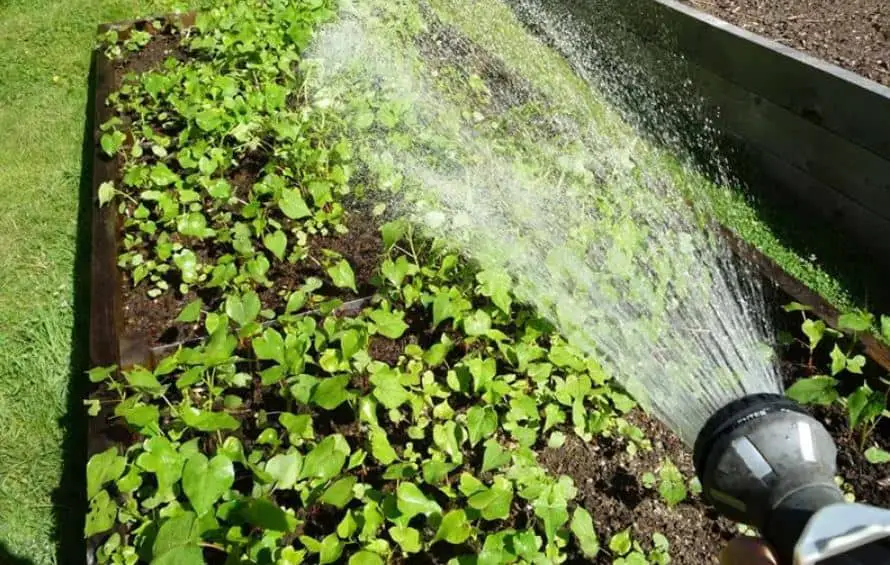It is best to be ready for plant care during a heat wave well in advance. A sudden heat wave may affect even regions not renowned for having high temperatures, and gardeners may find themselves working in the sun during a heat wave. During a heat wave, plants need special attention, and there are tips for heat wave gardening.

Heat Wave Gardening
The American Horticultural Society has a useful guide to assist gardeners in dealing with heat waves. They have produced an American Heat Zone Map with 12 zones on it. Each zone lists the average number of days per year when a heat event—a temperature over 86 F (30 C), the point at which plants start to experience heat stress—occurs.
The greatest defense against gardening in a heat wave is to design a garden suited to your environment. Even while the map will show you when to plant heat-tolerant cultivars, there are better solutions than this, particularly if you have sensitive annuals in bloom. How do you take care of plants during a heat wave?
Begin with robust plants. Healthy plants are more equipped to withstand heat than those weakened by disease and pests, stressed by inadequate watering and nutrition, or both. Plant in nutrient-rich, easy-to-irrigate soil that drains well and is rich in organic matter. Furthermore, be sure to plant at the proper depth; during a heat wave, roots that are too near to the surface can fry.
Maintaining Plants During a Heat Wave
During a heat wave, your plants still need specific care, even if they are in the finest condition they could be in. Water them regularly (early in the morning), mulch the roots to keep them cool, aid in moisture absorption, and provide shade. Shade may come in the shape of a beach umbrella, an old sheet, or a shade cloth.
Some may unavoidably die even with your greatest heat wave plant care efforts. For example, cool-weather crops may bolt. You may need to replant heat-tolerant vegetables like beans, chard, or carrots to avoid further losses.
Container-grown plants need extra special care. Paying particular attention to watering is crucial since plants grown in containers tend to dry up more rapidly than outdoors. Additionally, mulching the roots’ area will keep them cool. If, place the container in a shady or somewhat shaded location. If you don’t have that choice, consider offering shade using a shade cloth or something similar.

